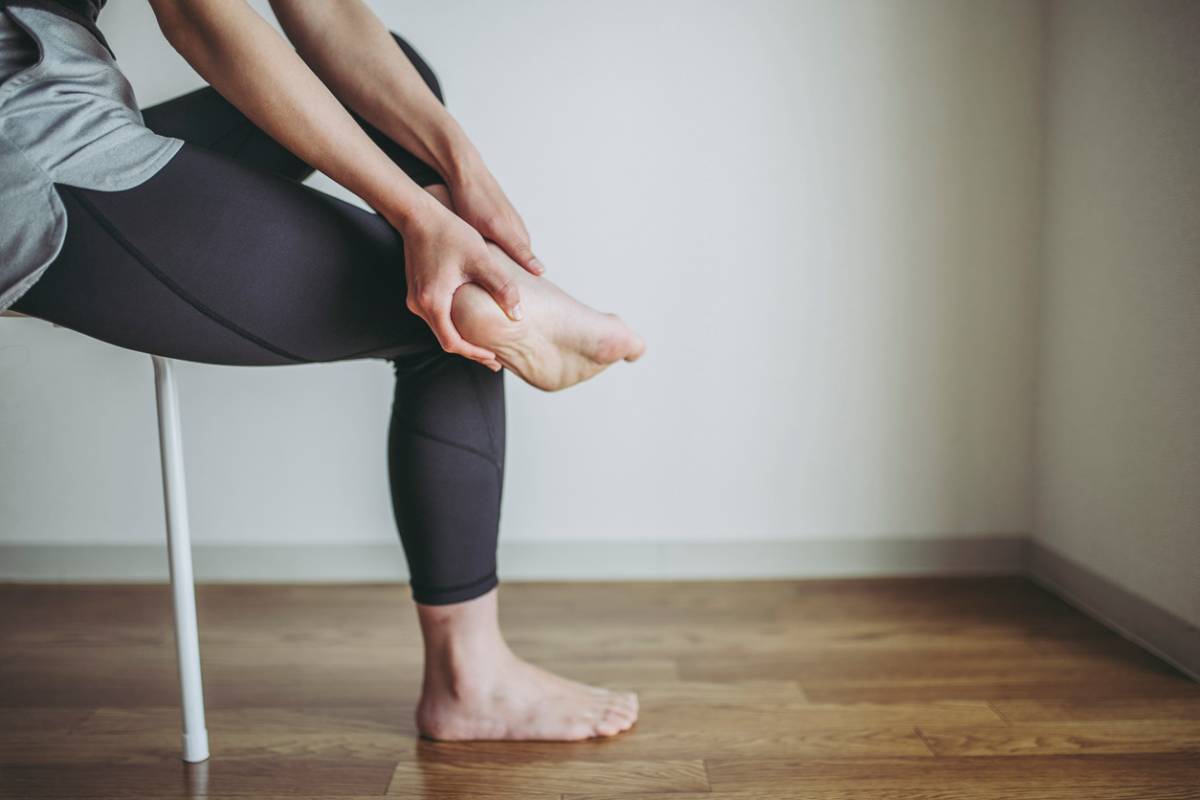Heel pain is a relatively common condition that can affect people of all ages from every walk of life. With that said, the fact that it’s common does not mean that it isn’t serious. Chronic heel pain is more than capable of adversely affecting your quality of life. Let’s look at risk factors for developing heel pain.
Risk Factors for Developing Heel Pain
As a result, it is important to understand how you can treat short-term heel pain at home and when it is time to seek heel pain treatment. This is particularly important if you are at risk of heel pain due to your level of activity, weight, occupation, or choice of footwear.
Common Risk Factors for Heel Pain
Heel pain can affect anyone, even young children. However, you may be more likely to experience heel pain if any of these common risk factors apply to you.
Over the Age of 40
If you’re over the age of 40, then you’re at an increased risk of developing all sorts of aches and pains. Your heels are no exception. Tension in the plantar fascia, Achilles tendon, or the development of a bone spur could all cause you to experience heel pain more easily.
Work Full-Time in a Standing Position
People who spend all day on their feet are far more likely to experience heel pain. Some of this risk can be offset by wearing supportive footwear with orthotic inserts if taking a few minutes off your feet here and there isn’t feasible.
High BMI
Your feet and heels have to support the entirety of your body mass. If your weight is high for your overall build, whether it’s a result of excess muscle mass or fat, it is going to put more strain on your feet and heels.
Wear Unsupportive Footwear
Footwear that lacks arch support is more likely to cause irritation in the plantar fascia. This long tendon runs from the ball of your foot to the bottom or your heel, and it can cause significant heel pain when irritated.
Have “Flat” Feet
If the arch of your foot lacks definition, then you may have more frequent issues with heel pain due to the natural shape of your foot. Flat feet often need more support to deal with the everyday strain of standing, walking, and running.
Take Part in Repetitive “Pounding” Exercise
Repetitive actions can be rough on our bones, tendons, and muscles. As a result, people who run regularly or do other activities that involve striking their feet against the ground over and over again are more likely to develop heel pain.
Go through a Major Growth Spurt
Young children and teens are not immune to heel pain. Many of the same risk factors can apply, but they may also develop heel pain as a normal part of their growth. Fortunately, the condition is usually short-lived and treatable with rest and stretching.
Dealing with Heel Pain at Home
If you’re just having an off day and experiencing short-term heel pain, there are steps you can take to get relief at home. Putting your feet up for a bit, using an over-the-counter anti-inflammatory, and applying ice are all great ways to give yourself some relief.
Asking for Professional Help
If your heel pain persists for more than a couple of days despite rest, then it’s time to contact your doctor. Your heel pain specialist can suggest stretches and exercises to help provide immediate relief while you figure out the best approach to treatment.
While heel pain rarely requires surgical intervention it is a possibility if your symptoms persist despite your doctor’s ongoing treatment. Fortunately, minimally-invasive heel surgery in Los Angeles is an excellent option for a less risky surgery with a much faster healing time.
